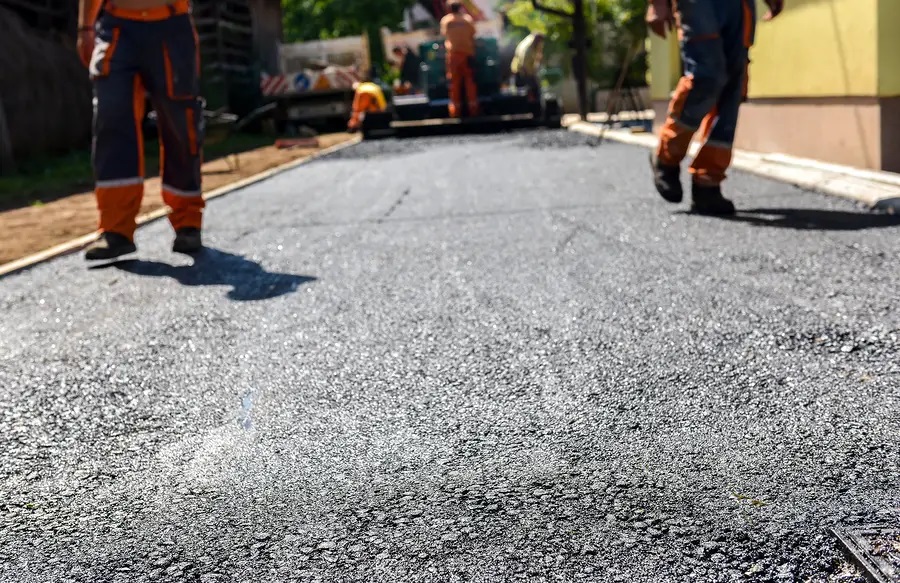How do road sealing services extend road lifespan?

Roads serve as the vital lifelines of our transportation network, linking communities and enabling the smooth flow of goods and people. Despite their importance, roads are under constant strain from traffic, weather elements, and environmental influences, resulting in gradual degradation. To counter this, road sealing services have emerged as an essential maintenance measure to prolong road life and combat deterioration.
Road deterioration
Asphalt roads comprise a significant portion of our road network and are particularly susceptible to various stresses. Traffic loads, especially from heavy vehicles, cause compression and shear forces that lead to rutting and deformation of the pavement surface. Exposure to sunlight and UV radiation causes the asphalt binder to oxidize and become brittle over time. This oxidation process makes the road surface more prone to cracking and ravelling, where the aggregate particles become dislodged from the asphalt matrix. Moisture infiltration through these cracks can further weaken the pavement structure, leading to potholes and more extensive damage.
Concept of road sealing
The road sealing process begins with thoroughly cleaning the pavement surface to remove dirt, debris, and loose material. Cracks and potholes are then repaired to create a smooth and even surface. The sealant mixture, which includes bitumen emulsion and carefully selected aggregates, is then applied to the road surface using specialized equipment. The application ensures a uniform coverage and thickness of the sealant layer.
Preventing water infiltration
Water significantly contributes to pavement deterioration, as it can seep through cracks and voids in the asphalt surface, weakening the underlying layers. When water infiltrates the pavement structure, it causes a range of problems, including:
- Weakening of the subgrade – Water often erodes the soil beneath the pavement, reducing its load-bearing capacity.
- Stripping of asphalt binder – Water strips the asphalt binder from the aggregate particles, leading to a loss of cohesion and strength in the pavement.
- Freeze-thaw cycles – In colder climates, trapped water freezes and expands, causing cracks and further damage to the pavement.
Road sealing involves applying a waterproof layer on the pavement surface, which helps prevent water infiltration into the asphalt. This process ensures that water is directed away from the road, minimizing the damage caused by moisture in the pavement’s lifespan.
Protecting against oxidation
Asphalt binder, which holds the aggregate particles together, is susceptible to oxidation when exposed to sunlight and air. Oxidation causes the binder to become brittle and lose flexibility, making the pavement more prone to cracking and travelling. Road sealing is a barrier to UV rays, shielding the asphalt binder from direct exposure. The sealant layer contains UV inhibitors and antioxidants that help slow oxidation. By reducing the oxidation rate, road sealing helps maintain the flexibility and integrity of the asphalt binder, extending the life of the pavement.
Delaying pavement aging
Road sealing also contributes to delaying the overall ageing process of asphalt pavements. Asphalt roads naturally age over time due to exposure to the elements and traffic stresses. This ageing process manifests in various forms, such as oxidation, cracking, and loss of surface texture. By applying a sealant layer, the ageing process of the underlying asphalt is slowed down. The sealant acts as a sacrificial layer, bearing the environmental and traffic-related stresses. As the sealant layer wears away over time, it is reapplied through subsequent sealing treatments, effectively renewing the protection and extending the life of the pavement. If you require additional details, northernhighwaysbitumen.





